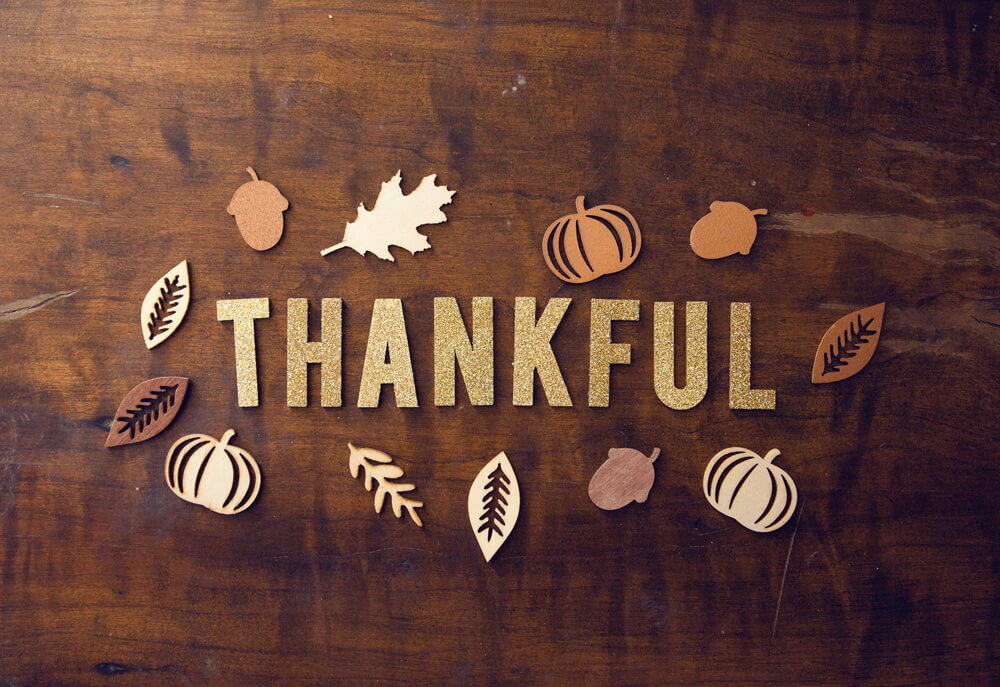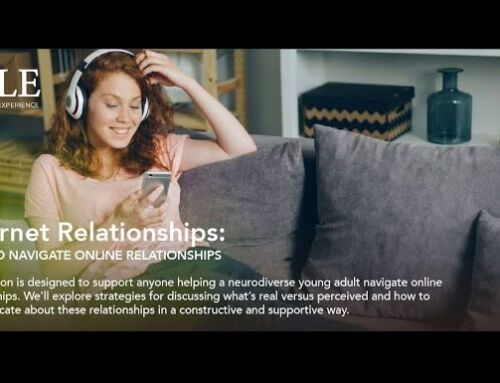By Tonia Hearon, Program Assistant CLE Fort Lauderdale

It is the season for being thankful and practicing gratitude. Gratitude, like any skill, needs to be cultivated. According to Dr. Robert Emmons, there are three stages of gratitude, “recognizing what we are grateful for, acknowledging it, and appreciating it.” Being grateful for something and showing appreciation for it don’t always go hand in hand. Showing appreciation not only facilitates happiness but has a significant positive affect on the other person.
Aside from generating happiness, being thankful and showing gratitude have proven health benefits. Gratitude can reduce stress and has been shown to have measurable effects on neurotransmitters, hormones, immune systems, cardiac and EEG rhythms, blood sugar and blood pressure. It also strengthens relationships and leads to overall greater happiness.
 Recently a “Gratitude Board” was put up in the CLE Davie center for students and staff to share a thank you or something they are grateful for. Along with this board we put a sign showing the benefits of being thankful.
Recently a “Gratitude Board” was put up in the CLE Davie center for students and staff to share a thank you or something they are grateful for. Along with this board we put a sign showing the benefits of being thankful.
Some of the student population used the board to say thank you to CLE Davie and for the services offered. We work hard for our students and sometimes much of what we do is behind the scenes or goes unnoticed. We don’t expect a thanks – watching the students grow is all the thanks we need! But still, there is something to be said in receiving a tangible thank you note.
One note read, “Thanks to CLE for getting me through college with a 3.08 GPA.” This came from a student who typically would not participate in these types of exercises. The fact that he took the time to consider the board and use it made the staff feel deeply appreciated and happy. One of the students this week told his tutor that he could not have completed his paper without her. This from a student who usually rarely speaks. Seeing the gratitude board prompted him to say thank you.
Teachable Moments
At the other end of the spectrum, there were some students who did not understand the concept of the board. This became a teachable moment for the staff. There was a need to be creative in the way the board was explained and how much showing appreciation can affect someone. A great example of this is a student who refused to participate. After speaking to staff, mid-week, he wrote and posted, “I say thank you to everyone in person.” It was a step in the right direction. However, the student returned to the board and kept rethinking his response and changing it. His response now is “I am thankful for the people I meet at CLE.”
The staff, too, are thankful and participated in our gratitude exercise. Many of them showed gratitude for being a part of this community. The work environment can sometimes be challenging, and it makes a difference that the staff are all on one page, appreciate each other, and the students and how hard they work. The challenges here are always met as a team.
There can be no denying the power of gratitude. Focusing on what there is to be grateful for leaves less room for negative thoughts. Working with students with disabilities means gratitude is not always shown in the way we expect it. Seeing the response to the gratitude board, the center has chosen to continue to use it year-round. Having the board displayed became a constant reminder that gratitude is actually all around us. We just have to remember to say it. It makes a difference!








